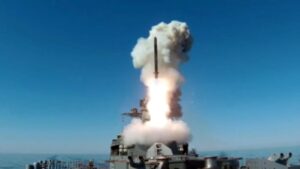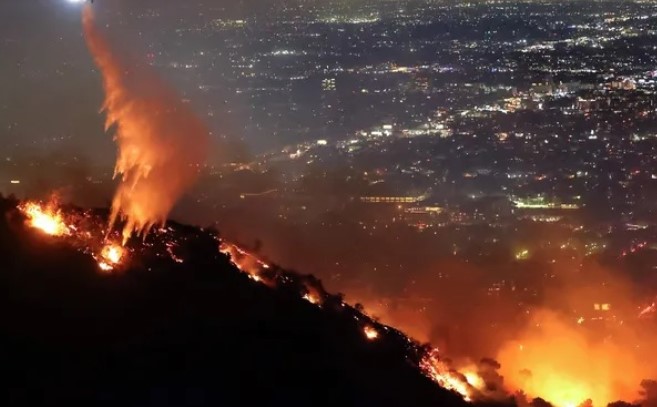
STRATEGIC ASSESSMENT. The Biden Administration has been clear in its intent to shift policy toward Iran sharply, abandoning the Trump administration’s sanctions-based “maximum pressure” strategy and embracing the Obama Administration’s participation in the 2015 multilateral Iran nuclear deal. Several top Biden administration officials were involved in negotiating the agreement, and remain strong believers in its potential, including Deputy Secretary of State-nominee Wendy Sherman, National Security Adviser Jake Sullivan, CIA Director-nominee William Burns, and climate change envoy and former Secretary of State John Kerry. President Biden, supported by these officials, asserts that the Obama Administration’s rationale for entering into the 2015 accord remains valid – that imposing binding limits on Iran’s nuclear program, and thereby preventing Iran from developing a nuclear weapons capability, facilitates U.S. efforts to respond to the broad range of threats posed by Iran. Those threats include not only Iran’s nuclear program but also its development of ballistic and other missiles, its arming and financing of regional armed factions and pro-Iranian governments, its human rights abuses, and its cyberattacks on U.S., Israeli, and Persian Gulf infrastructure.

In stating his intent to reverse Trump’s Iran policy, President Biden has called the 2018 abrogation of the nuclear accord in favor of a maximum pressure policy a “dangerous failure.” The new Secretary of State, Antony Blinken, asserts that the policy caused Iran to respond by violating its nuclear commitments to the point where its nuclear program again constitutes a potential “crisis” for U.S national security. President Biden and his aides refute the arguments of Israeli officials, officials of the Trump administration, and other critics that the maximum pressure policy has weakened Iran economically to the point where Iran would accept a revised nuclear deal that includes broad changes in its behavior. Biden administration officials counter that two and a half years of maximum pressure did not produce the changes the Trump administration predicted, and that the United States can address broader Iranian threats in “follow-on talks” after the U.S. returns to the accord.

With support from Washington’s European partners on resuming such diplomatic efforts, what remains uncertain is the timing of any U.S. return to the pact, as well as Iran’s willingness to return to full compliance with the accord. Several Biden Administration officials, particularly John Kerry, apparently have maintained some contact with Iranian foreign policy officials over the past four years and could easily restore the U.S.-Iran dialogue. However, the Biden-Harris administration will be judged by the American public primarily by its handling of the COVID-19 pandemic, and the new Administration appears disinclined to immediately commence negotiations with Iran on the nuclear deal. Any such negotiations would need to resolve the sequencing of Iran’s returning to compliance with its nuclear commitments and the U.S. provision of sanctions relief; another factor is how the United States would address those U.S. sanctions imposed on Iran since the Trump administration left the pact in 2018.

With regard to Iran’s internal deliberations on how to respond, Iran’s Supreme Leader Ali Khamene’i settled the question in January—Iran would consider returning to compliance with the accord if the United States does the same. However, reeling from the effects of nearly three years of comprehensive sanctions, Iranian leaders are attempting to put pressure on the new Administration to immediately turn its attention to Iran policy. In early January, Iran began resuming uranium enrichment to 20% purity, sparking fears that the regime could quickly produce enough fissile material for a nuclear weapon if a decision was reached to do so. Under the 2015 accord, Iran is only allowed to enrich to 3.67% purity, and enriching to 20% requires most of the effort needed to enrich to the 90% level that qualifies as nuclear weapons-grade fissile material. Later in January, Iran threatened to stop allowing international inspectors to conduct short-notice inspections of its nuclear facilities. Iran had previously undertaken numerous other violations since mid-2019, including installing new generation centrifuges and building a hardened site to produce centrifuges. Still, most analysts assess Iran’s behavior as a drive to develop a nuclear weapon as much as an attempt to instill a greater sense of urgency in the Biden administration’s effort. Significant confidence building measures will be required from both the U.S. and Iran to walk back the antagonizing steps of the last four years in order to engage in the diplomacy necessary to take an Iranian nuclear bomb off the table (TSC).





